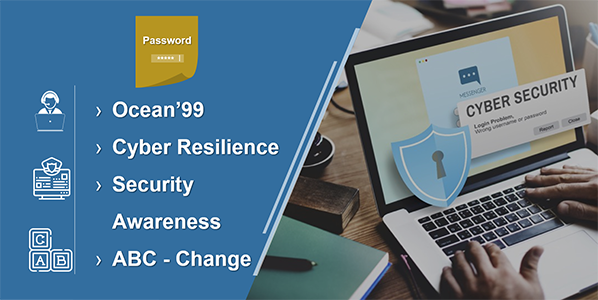“If you spend more on coffee than on IT security, you will be hacked. What’s more, you deserve to be hacked.”
― Richard Clarke, Former U.S. National
Coordinator for Security and Infrastructure Protection

“If you spend more on coffee than on IT security, you will be hacked. What’s more, you deserve to be hacked.”
― Richard Clarke, Former U.S. National
Coordinator for Security and Infrastructure Protection
Statistics make the Case for Cybersecurity Training
According to the ISACA 2019 State of Cybersecurity Report,
“Cyberattacks are increasing but the methods employed remain relatively static. Motivation remains monetary and ransomware countermeasures are nearing ubiquity.”
All this translates to the fact that the majority of organizations are unprepared and do not understand the importance of adopting cybersecurity measures vital in an extensively interconnected world.
What is Ocean’s 99?
Ocean’s 99 is a stimulating virtual heist scenario designed to develop the ability to comprehend and internalize the importance of cybersecurity.
The participants are given a realistic cyber crime scenario, assigned roles, and asked to perform risk assessments. The goal of the simulation is to successfully transport three valuable objects to and from the Tokyo Museum for an exhibition while evading all security threats. The threats incurred are based on the most common incidents and security threats, which ensures that learning is both realistic and relevant.
Ocean’s 99 simulation is broken down into the following structure:
Ocean’s 99 simulation is broken down into the following structure: